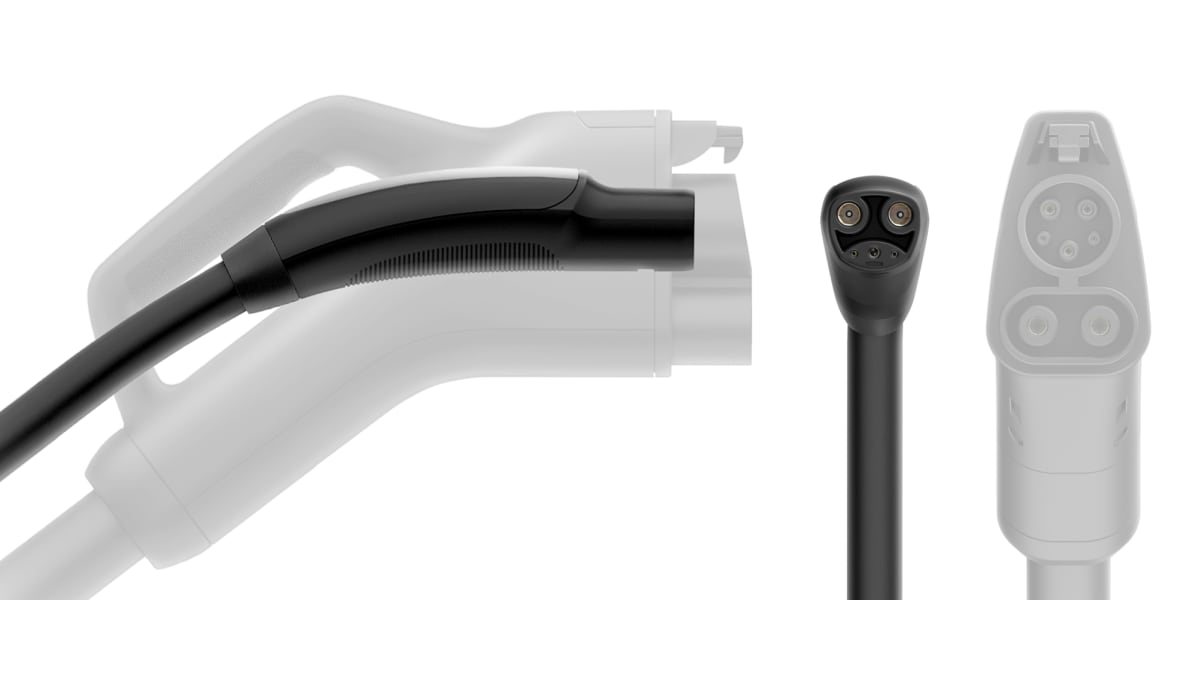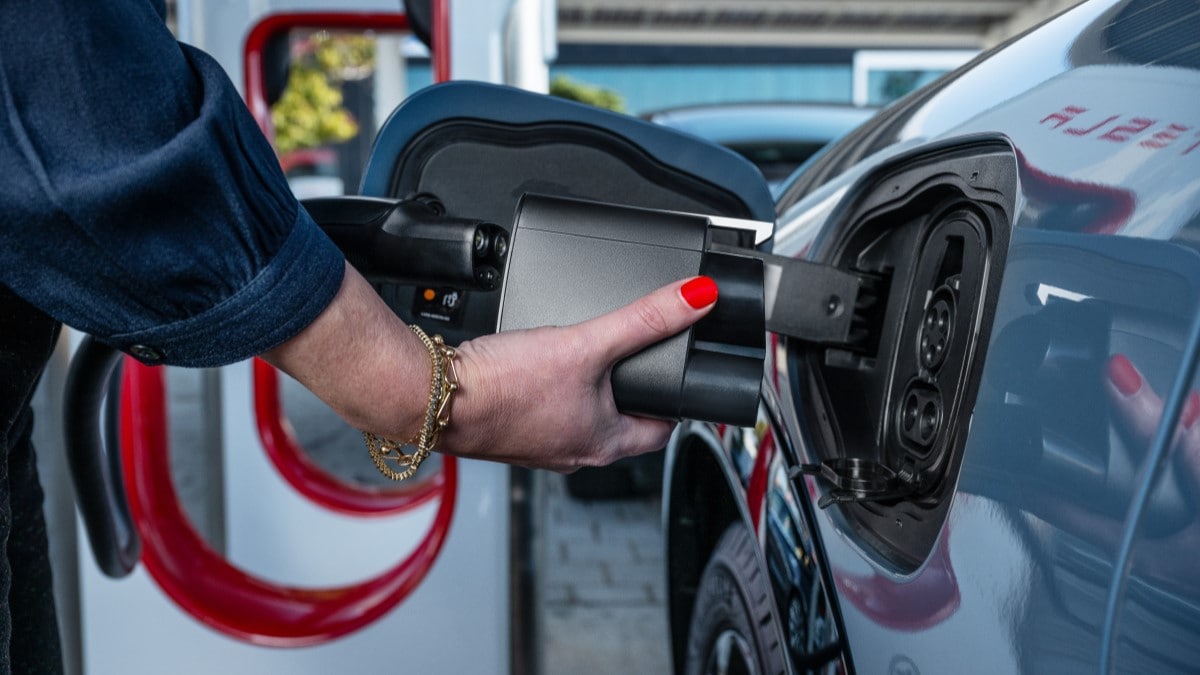In the early days of electric car adoption, drivers have a problem: Not every car can charge from every charger. There’s an answer to the problem – major automakers and charging networks have all agreed to adopt the same plug, designed by Tesla. But progress toward it is moving slowly.
Three Pegs, Three Holes
Electric vehicles (EVs) have one of three differently shaped charging ports built into them. Most public charging stations serve just one.
Tesla uses its own proprietary plug, which it calls the North American Charging Standard (NACS). Most EVs on America’s roads are Teslas, though that is changing fast. And Tesla operates America’s most extensive charging network.
Most other automakers use a second plug, the Combined Charging System (CCS). Most non-Tesla networks are built to support it. No single network rivals Tesla’s Supercharger network in size and reach. But companies like ChargePoint and Electrify America are catching up.
The aging Nissan Leaf and some older EVs like the retired Kia Soul EV and Mitsubishi i-MiEV use a third plug, called CHAdeMO.

One Answer
Last year, the auto industry converged on a solution that could make life much easier for EV drivers.
Tesla, in 2022, had made its plug design open-source, giving any company the right to use it. The idea caught on in 2023.
Nearly every automaker, one by one, agreed to switch to the Tesla-designed NACS plug. Tesla allowed other networks to build the plug into their chargers.
SAE, formerly the Society of Automotive Engineers, agreed to administer the Tesla port as a standard for the industry to keep Tesla from having to cater to its rivals.
But It’s Moving Slowly
The solution seemed perfect. But it’s taking time to unfold.
The New York Times explains, “Tesla’s opening up of its chargers to other automakers was meant to be a three-stage process.” First, Tesla and rival automakers would each “update the software on Tesla’s chargers and the other company’s cars so they could work with each other.” Second, Tesla would supply adapters that the companies could give to their drivers. Finally, automakers would start building EVs with the NACS port, making the adapter unnecessary for future buyers.
So far, the Times reports, “only two car companies have advanced past the first stage with Tesla — Ford Motor and Rivian.” No other automaker has cars with the software necessary to charge from a Tesla Supercharger. None can even say when they will.
“General Motors had said it expected to complete the software coordination with Tesla this spring but now says it will happen later this year,” the Times reports. Other automakers haven’t put a date on the project.
The adapters, meanwhile, are rare. Tesla earlier this week announced that it can now produce 8,000 a week.
With EV sales accelerating, that isn’t enough to keep pace with the number of new non-Telsa EVs leaving dealerships most weeks.
Turmoil at Tesla
Tesla has revolutionized large parts of the auto industry, making EVs mainstream, lobbying states to let manufacturers sell cars without dealerships as middlemen, and building cars out of fewer, larger parts. Other automakers have copied those strategies.
But, under CEO Elon Musk, the company can also be erratic.
In April, Musk abruptly laid off the team responsible for growing and maintaining the Supercharger network.
He later rehired many of them. But the effects are still with us. Last year, the Times notes, Tesla built almost 6,000 new Superchargers. The company has built “2,750 during the first half of this year, but the pace has declined steeply since then.”
With a smaller charging team, Tesla cannot work as quickly to help other automakers complete the software needed for the transition.
Tesla’s Impact Will Dilute Over Time
Though the NACS adoption process may be slow at first, it could speed up as other companies step in.
Since the plug is now an open-source technology, any company can build adapters.
“Some Ford and Rivian owners have gotten tired of waiting and bought adapters from other suppliers whose products are not endorsed by automakers. Their experience suggests that access to the Tesla network makes road trips much easier,” the Times notes.
Other charging networks, meanwhile, have started building the NACS plug into their chargers.
Within a few years, every automaker could build cars using the Tesla port. Every charging network could have the plug available at their chargers. And, with SAE administering the standard, Tesla wouldn’t be involved at any step of the process.








